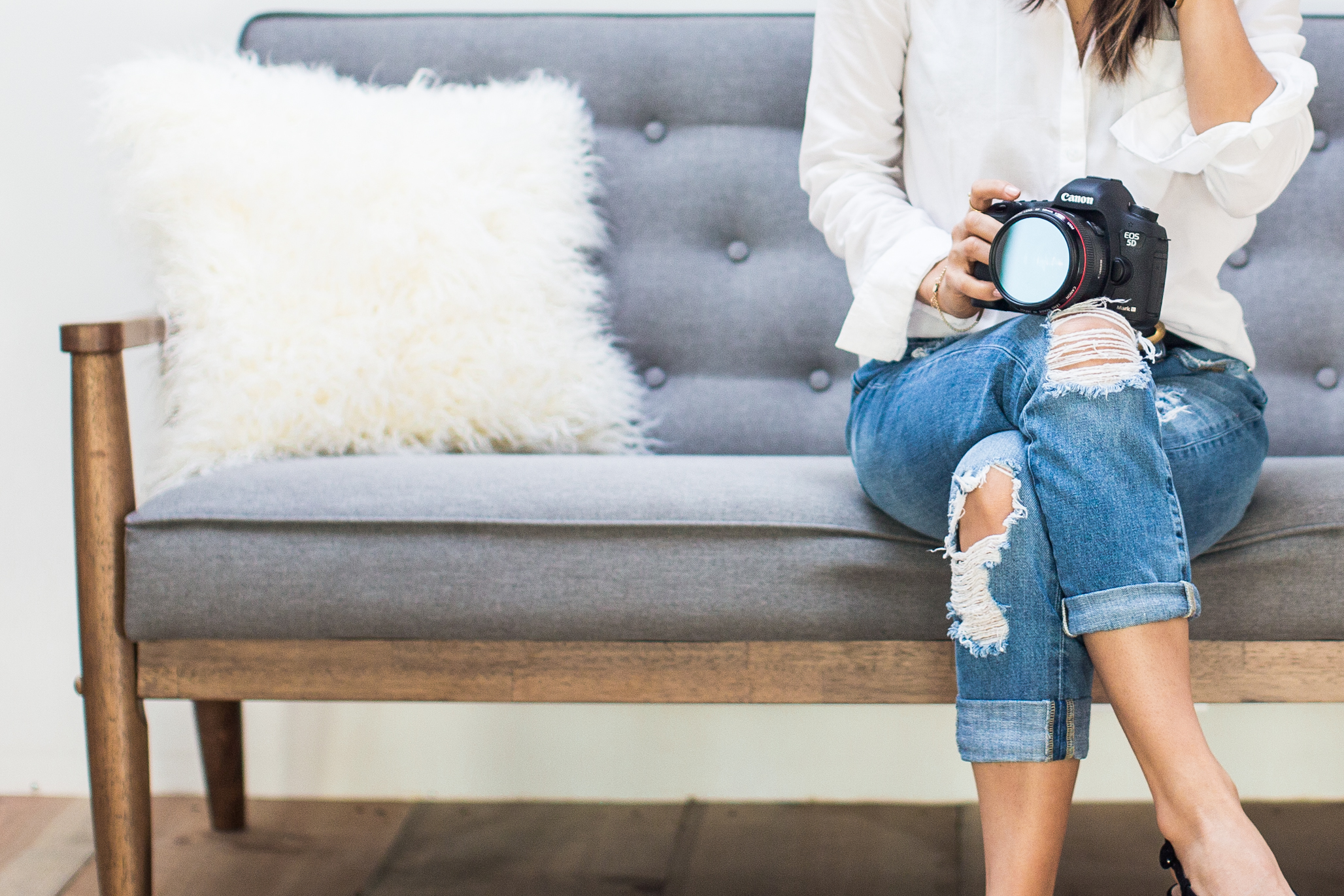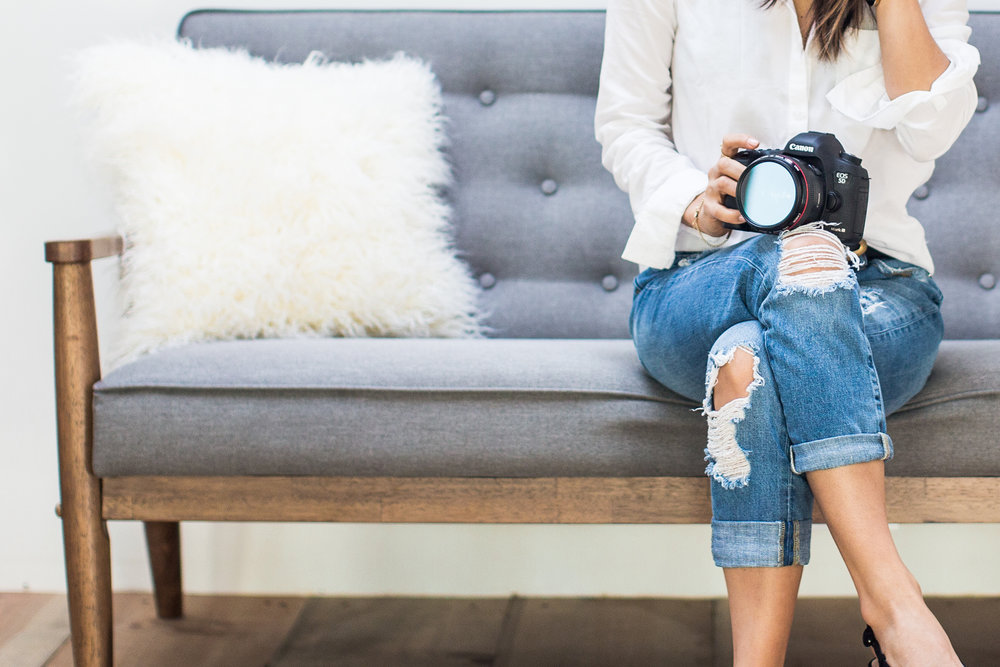April 3, 2019

I still remember the first time I ever picked up a DSLR. I panicked. I couldn’t understand why in the age of drones, self-parking cars, iphone 4’s, and the ipad, we were still using bulky camera’s encrypted with numbers, acronyms, and weird symbols. I mean…why.
Fast-forward seven years later. Eazy peazy, my friends. I’ve gotten a few requests on how to use the beast without convulsing with piss-ery so I wanted to share some information to help DSLR-users become better acquainted.
The beauty of having a DSLR (manual settings) versus a point-and-shoot (or automatic settings) is that you’re not limited by the camera’s auto-functions–you have the freedom, you are in control to create a photo that represents your style and the way you see your world. Auto-settings make it easy but you’re essentially relying on your training wheels, know what I mean? Which, let me be clear, there is nothing wrong with that if you find comfort there.
For those of you who want to dabble into manual shooting, here are a few basic terms you need to become familiar with. The three most important exposure elements you want to understand are:
1) Aperture (aka “F-Stop): The size of the lens opening that allows light to reach the sensor. Aperture is important for depth-of-field as well. Adjusting the depth-of-field allows you to focus on the subject to isolate from the background/foreground or sharpen all the details in the image within the frame.
+ Lower Aperture Number: Larger opening, Brighter image, Low Depth-of-Field (blurry background)
+ Higher Aperture Number: Smaller the opening, Less Light (thus darker image), High Depth-of-Field (less blurry background; more details)
2) Shutter Speed: The amount of time your camera’s shutter is opened and exposed to sunlight–measured in fractions of a second. Here’s where it gets a little tricky. My DSLR doesn’t show the actual fraction but it is assumed. Example) My shutter speed is set to 125 which translates to 1/125th of a second. In other words, it shutters extremely quickly.
+ Smaller Shutter Speed Fraction: Less Light, Darker Image, better captures moving objects. Example) 1/400
+ Greater Shutter Speed Fraction: More Light; Brighter Image, blurrier moving objects. Example) 1/100
3) ISO: In basic terms, this is the level of sensitivity your camera is to available light. It’s the power house.
+ Lower ISO Number: Less sensitive to light, the camera isn’t working as hard because you’re telling it that it has enough natural lighting
+ Higher ISO Number: More sensitive to light, nosier the image (grainy, choppy, loses quality), the camera is fighting to bring as much light into the photo
+ My general rule-of-thumb:
Indoor: Higher ISO, typically 600-3200
Outdoor: Lower ISO, typically 100-350*increase ISO when overcast
The tricky part is learning how to combine all elements together to create the look you want. Just like selfie’s are all about good lighting, framing, and angles, this is no different. These elements are HUGE and can really make or break the photo.
The second I picked up my DLSR I refused to shoot in any mode other than manual. For a good few months, my images were horrendous–underexposed, blurry, yucky, and throw-a-tantrum-worthy. But always remember it takes a whole lotta’ practice and patience. My homegirl, Oprah, once told me, “Do what you have to do until you can do what you want to do.” We all have to start somewhere.
For this week’s Facebook Live Tip Thursday, I’ll run through all of these tips with you so read up, bring your DSLR, grab a cup of coffee (or wine) and let’s talk exposure!
xo,


Comments